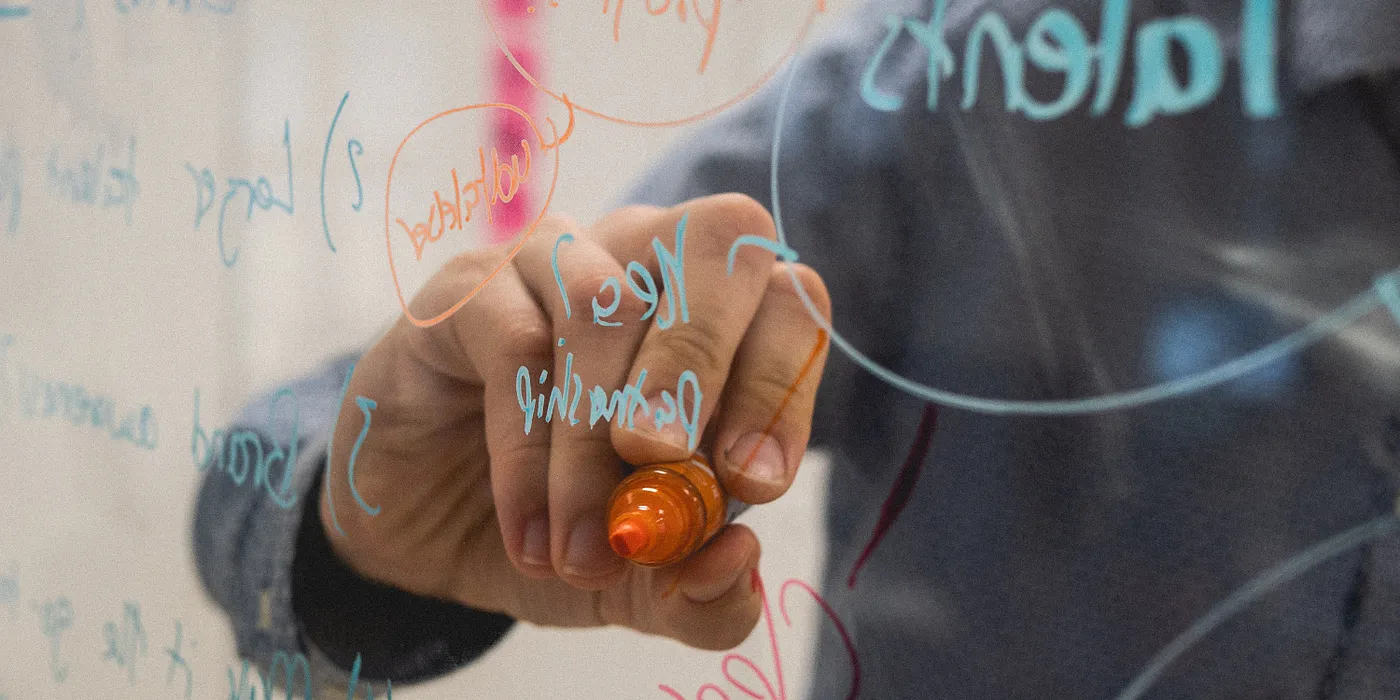By now, you’ve likely caught wind of the XPRIZE Carbon Removal, the $100M competition to supercharge the CDR field. Over the last year, we’ve been working closely with XPRIZE to help applicants design their solutions with equity at the forefront of project development. Without this consideration, many otherwise promising CDR projects will ultimately fail to achieve the scale we need to reverse two centuries of CO₂ emissions.
In order for new carbon removal projects to succeed, it’s important that solution developers build support from a broad stakeholder base by acknowledging past harms and distributing project benefits to surrounding communities. It’s been demonstrated across industries that sidelining equity and justice considerations leads to worse outcomes for developers and nearby communities — and as a budding industry, CDR can learn from and avoid these mistakes. In particular, a focus on equity and justice earlier in the development cycle of new solutions gives everyone a better chance to identify and address concerns well before project implementation. Here’s what we’ve been up to with XPRIZE.
Our Approach
Going in, we didn’t expect most competitors to be experts on environmental justice (EJ), so we used the Milestone Round (or “round one” of the XPRIZE Carbon Removal) as an opportunity to determine their current understanding of the topic — and how to improve the direction of their projects moving forward. To start, we primed potential teams with a set of must-read texts to help anchor their understanding of EJ as it relates to carbon removal. Next, we required all applicants to answer an EJ questionnaire (page 27). These questions examined the EJ dimensions of each team’s project — including how it could impact neighboring communities, anticipated community benefits, and whether a project might alleviate or worsen conditions in the communities near the project site.
With responses in hand, the next step was to review, look for trends, and develop overarching recommendations. To support this work, Carbon180 recruited a panel of four highly-experienced EJ practitioners, who are now analyzing responses from the “top 60” teams and providing constructive feedback on how to bolster their plans for EJ moving forward. The panel is also identifying common threads across responses — shared strengths and gaps in understanding, recurring challenges, and other broad insights that can be incorporated into research findings.
In the fall, a report on the panel’s findings will be published, drawing from the full cohort of 287 “qualified teams” who submitted for the Milestone Award. The report will provide specific recommendations for carbon removal developers on how they can think about and address EJ considerations in their projects. So, let’s meet our panel.
The dream team

As director of University of Maryland’s Environmental Law Clinic, Seema guides student attorneys in providing legal support, advice, and representation to a variety of non-profit organizations and community groups. Most of her work focuses on environmental justice issues, permit violations at both the state and federal level, and public health and natural resource protections.
I do this work because environmental justice is central to long-lasting progress on climate change. Moreover, proposing climate solutions that do not actively consider community-level impacts is bound to result in missed opportunities to gain local knowledge that can help make the proposed climate solution better.
— Seema Kakade

Simon is an academic who co-created and leads the Institute for Carbon Removal Law and Policy at American University, which assesses how we can characterize and create sustainable carbon removal. Alongside a range of partners, the Institute designs and develops opportunities for open dialogue and co-learning between EJ organizations and communities and representatives from the federal government, private sector, and mainstream environmental NGOs.
For the Institute [for Carbon Removal Law and Policy] and me, justice and equity questions are at the heart of doing carbon removal well.
— Simon Nicholson

Naadiya is the government affairs manager at WE ACT for Environmental Justice. In addition, she serves as the communications lead on the Circle of Wise Counsel for the Black Yield Institute, which focuses on achieving Black Land and Food Sovereignty through community empowerment and political education. Naadiya earned her master’s degree in health science from the Johns Hopkins School of Public Health in Environmental Health, where she focused on environmental justice and gentrification.
Development that does not proactively center justice will continue to perpetuate injustices that [have] led to the climate crisis we currently face.
— Naadiya Hutchinson

Jasmine is a climate scientist, strategist, and native of Monroe, Louisiana, whose EJ advocacy — which stretches back more than a decade — is guided by witnessing the impacts of climate change to the Gulf Coast. She currently serves on Carbon180’s environmental justice advisory council and concentrates her attention on ways to incorporate EJ in the early stages of carbon removal projects.
There is no one-size-fits-all to the climate crisis. As a scientist, I am absolutely excited about innovative projects and as a climate justice advocate I know how vital it is to make sure that we are working directly with communities. There is opportunity in empowerment and community building.
— Jasmine Davenport
We’ll share takeaways from the EJ panel’s review of the Milestone Round submissions soon. Until then, read more about carbon removal and environmental justice in our report, Removing Forward.
Edited by Emily Reich and Tracy Yu. Cover image by Kvalifik.

